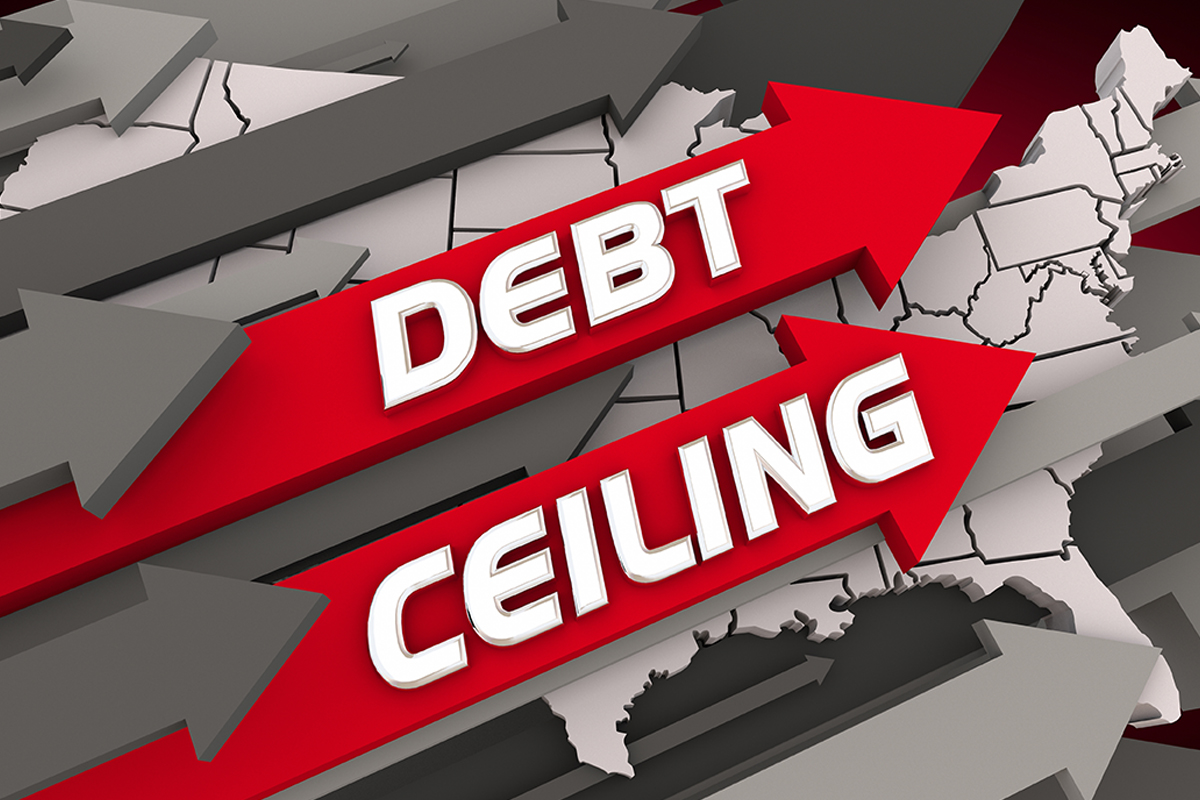Those federal student loan borrowers expecting further delays in their pandemic-era repayments are disappointed as President Joe Biden and Republican lawmakers approach a tentative agreement to lift the debt ceiling and avert national default.
The proposed legislation indicates that the hold on federal student loan payments, which has been ongoing for over three years across two administrations, is set to end. According to experts, borrowers would be expected to start paying their student loans again 60 days post-June 30, with projected payment due dates around September.
Consumer advocates have voiced their discontent regarding this agreement.
Astra Taylor, a co-founder of the Debt Collective, a debtor’s union, stated, “The agreement guarantees Republicans that Biden will enter 2024 as the chief debt collector for Americans.”
However, White House representative Abdullah Hasan defended the president’s negotiating stance in favour of borrowers.
“President Biden defended the entire student debt relief plan,” said Hasan, adding that the administration had previously “declared in November that the current student loan payment pause would conclude this summer — this accord brings no changes to that plan.”
Here’s what borrowers should understand about the debt ceiling legislation.
Deal Marks the End of Payment Pause, Possibly Permanently The freeze on federal student loan payments is among the last remaining Covid-related financial aid policies active. Initially announced by President Donald Trump in March 2020, it has been extended eight times since.
This policy halted interest accrual for federal student debt and allowed borrowers to suspend their payments without penalties. Tens of millions have availed this measure of Americans. On average, those benefiting from this pause have saved roughly $5,000 in interest since the pandemic’s beginning, as higher education expert Mark Kantrowitz estimated.
The current iteration of the debt ceiling agreement will terminate this pause 60 days after June ends. Furthermore, the U.S. Department of Education’s capacity to further extend this relief would be curtailed, with any future extension likely necessitating congressional approval.
“The White House intended to recommence student loan payments within a few months anyway,” stated Kantrowitz, thus, “the proposed legislation does not signify a change in this respect.”
Indeed, the Biden administration had been preparing borrowers for the reinstatement of their bills 60 days after resolving the legal issues surrounding its student loan forgiveness plan, or by the end of August at the latest.
The potential limitation on extending the current payment hold to Congress alone has raised concerns among advocates, especially as the president’s comprehensive student loan forgiveness plan is pending a Supreme Court decision.
Taylor said, “This deal deprives the White House of the capacity to extend the present payment pause should the Supreme Court reject the relief, increasing the probability that 40 million people will have to pay back loans the president had assured were cancelled.”
The Biden administration has warned that resuming student loan payments without implementing its debt forgiveness plan might instigate an unprecedented surge in defaults and delinquencies.
Student Loan Forgiveness and Other Relief Absent in Agreement The compromise to forestall economic default excludes Biden’s proposal to write off up to $20,000 of student debt for tens of millions of Americans, a provision House Republicans wished to cease.
The Supreme Court, where conservative justices hold the majority, is anticipated to reject this policy. A final ruling from the court is expected in June or July.
The deal will not affect the Biden administration’s “forthcoming regulatory adjustments” to student loan repayment, including the execution of a new repayment plan, Kantrowitz confirmed.
According to this new plan, eligible borrowers must contribute merely 5% of their discretionary income towards their student loans each month.
As the dust settles on the potential debt ceiling agreement, federal student loan borrowers are left to brace for the anticipated resumption of payments by fall. The evolving dynamics of student loan relief, the status of loan forgiveness programs, and the eventual Supreme Court verdict all play crucial roles in shaping the economic future of millions of Americans. The situation underscores the need for a thorough understanding of the complex debt landscape and careful planning for borrowers to navigate the road ahead.







